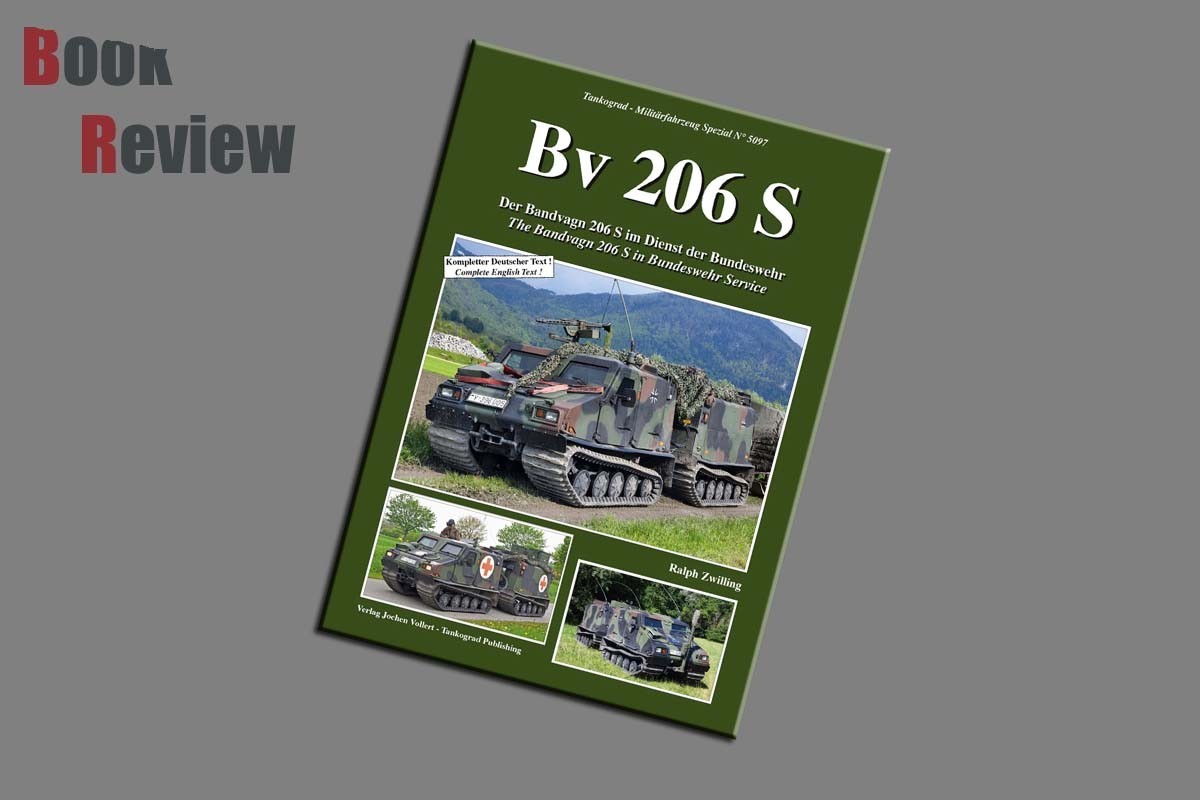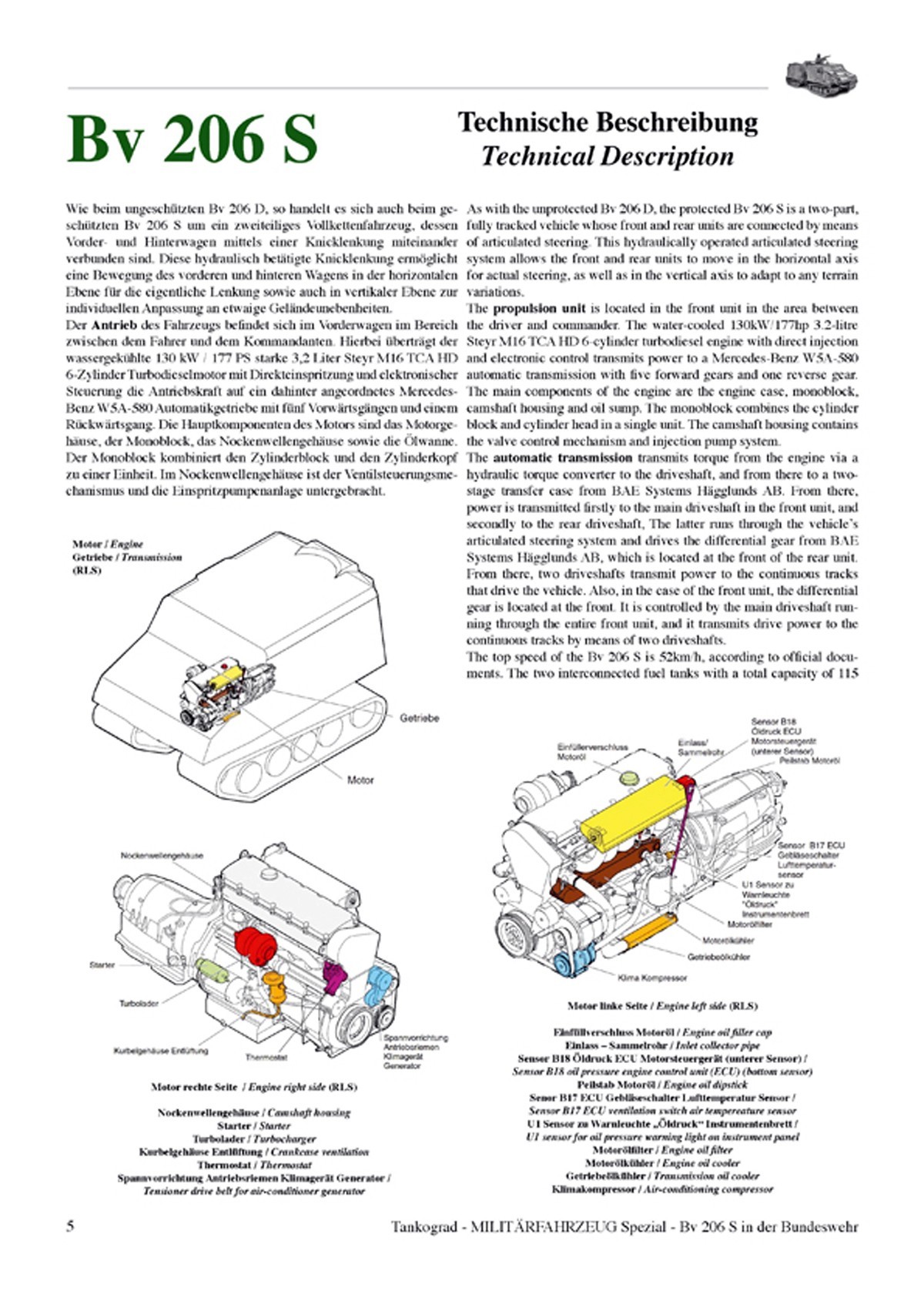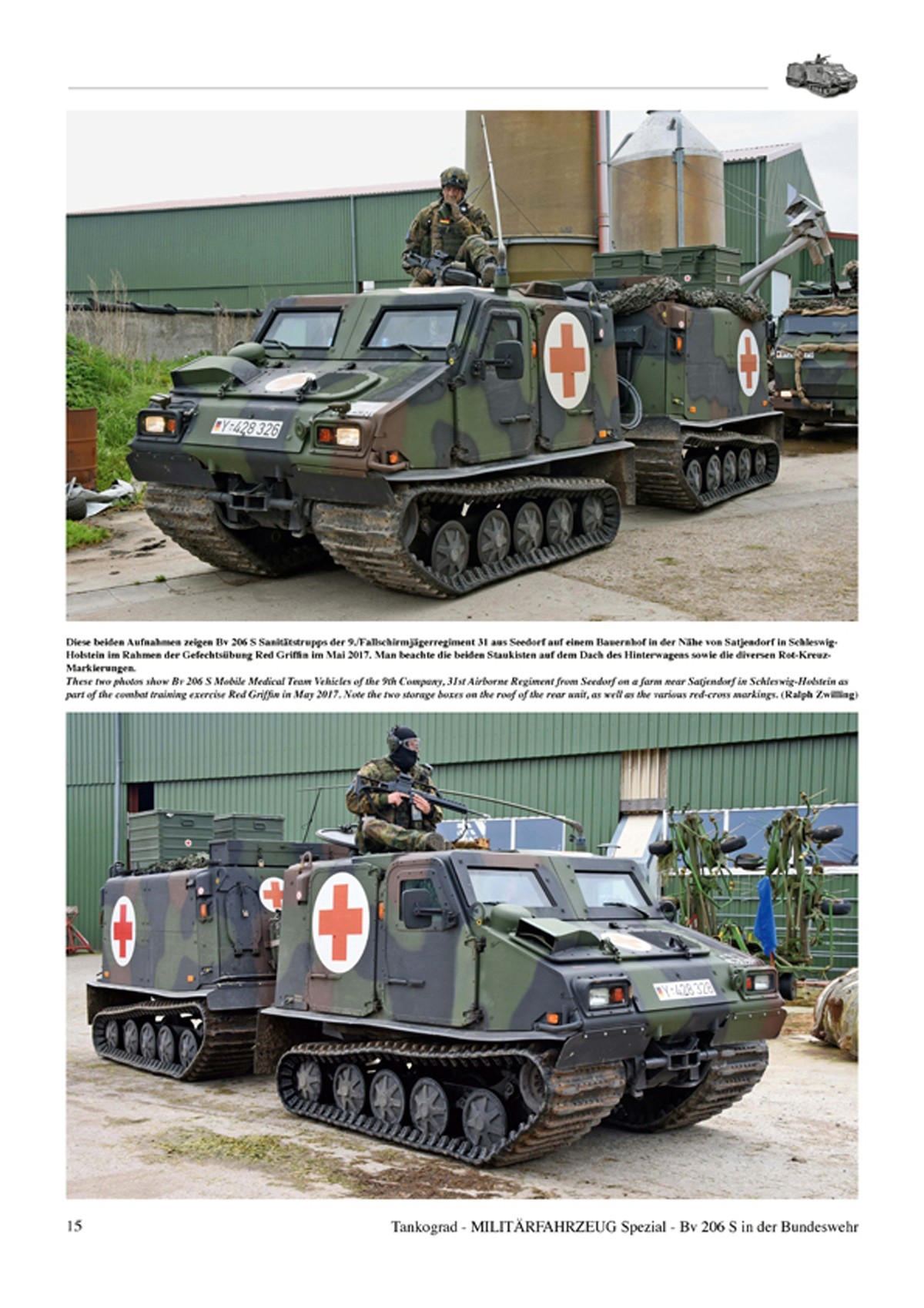
Introduction
The following introduction is taken from the Tankograd website:
Bv 206 S
The Bandvagn 206 S in Bundeswehr Service
Development of the protected Bandvagn (Bv) 206 S, successor to the world-famous Bv 206 D, began in the late 1980s. At the beginning of the 1990s, the German Armed Forces began to take an interest in the vehicle. Since 1985, its predecessor, the Bv 206 D Husky was used very successfully, but the German Army was looking for a protected vehicle to close a gap in the range of vehicles and capabilities of its airborne forces. Consequently the Bundeswehr ordered 31 Bv 206 S.
Mobile Medical Team (MMT) Vehicles in 2002. Four of these were later converted to Mobile Evacuation Physician Team (MEPT) Vehicles. 75 of the Bv 206 S Armoured Personnel Carrier (APC) variant were purchased in 2004, followed by 81 Bv 206 S Command Post Vehicles in 2005.
To date, 189 “transport vehicles, light armoured, air-transportable in C-160 tactical cargo aircraft, Bv 206 S” have been procured by the Bundeswehr. This publication shows the entire vehicle range for the first time in detail.
Review
This offering from Tankograd is a soft backed release, with a good quality gloss card cover providing a reasonable level of protection to the 64 pages of A4 gloss paper within. This title covering the Bv 206S is the only release in this quarter covering a specific vehicle from Tankograd. This release is another of Tankograd's duel language releases, with German on the left and English on the right of each page, with the images included in the title also having German and English captions with German being the first language in the captions.
The Bv206 has a light footprint having side rubber band tracks making it particularly suitable for travelling on boggy terrain and snow, which anybody who has lived in Germany knows there can be plenty of it at certain times. The title provides a brief history of the vehicle in German service, and looks at various aspects of the vehicle that make it so effective for its intended use. The images within the book provide both very good coverage of the exterior and interior. Providing the modeller with answers to all those questions that often pop up. An interesting snippet is that the interior of the doors are dark in colour, where as the interior of the vehicle is white. The interior covers its use as an ambulance, a personnel carrier and command post vehicle and so covering all of the bases.
Conclusion
This release from Tankograd covering the Bv 206 S in German service provides a good quantity of relative information about the vehicle as used by the German army. The images inside are well captioned in German and English. The fact that Tankograd has covered the interior layouts of the vehicle is 3 very different roles is particularly useful, resulting in the modeller having access to a host of information, which would not be easily obtained in a single place elsewhere. It is also worth considering that this is a fairly recent addition to the German Military and so likely to be around for some time. This is also a great book to pick up as I know Takom at least has covered this vehicle.
































